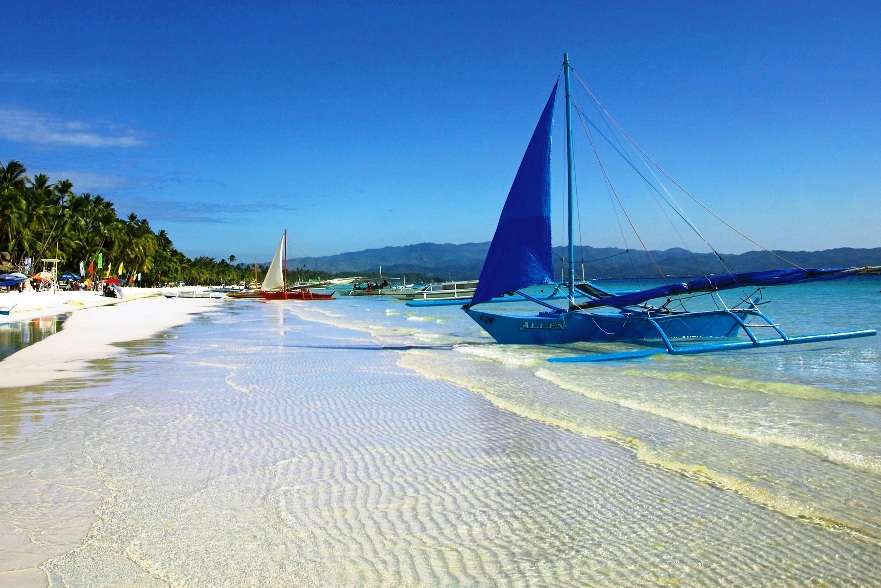Whilst the Philippines has a complex geographical make-up and more recently unpredictable political landscape, it can also be defined by its vast rice fields, plethora of festivals (fiestas) and graffiti themed jeeps, all of which are complimented by the charming locals.
Indeed, this Lonely Planet guide production is the 12th edition for the Philippines, and one of the authors of the book, Greg Bloom makes references to how one can so easily fall in love with this country of four seasons. The other four authors, Michael Grosberg, Trent Holden, Anna Kaminski and Paul Stileshave all experienced living like a local in the Philippines and can therefore accurately report on a wide spectrum of things to see and do in what is dubbed ‘Southeast Asia’s undiscovered gem’.
Given that the Philippines was formerly a Spanish colony for over 300 years means that it already has a unique history when compared to its close neighbours. As such there is a significant Catholic population with a fusion of Spanish-Filipino architecture.
In terms of the modern era, the Philippines is quickly turning into a haven for adrenaline junkies and is currently the unofficial world capital for ziplining. To emphasise that the Philippines is also a place for families with kids, there are sections within the guide that specifically refer to things for the youngsters to do, such as Rizal Park and Star City in Manilla.
The layout of information is well colour coordinated. By way of example the standard where to eat and sleep sections are displayed via subheadings whilst the standout features of unique facts or must dos are highlighted with a blue background and box borders.
The guide also includes humorous quotes from locals when being questioned on how many islands there are in the Philippines to which they respond with ‘at what tide’. Indeed, the country is the second-largest archipelago in the world over 7,000 islands.
To further illustrate the variety on offer in the Philippines, they have their own style of cooking dubbed ‘Bicol’ that puts to bed any doubts over the capabilities of the flavours of its local dishes to capture taste buds well acquainted with other Southeast Asian delicacies such as a Thai Red Curry or Vietnamese Pho Noodles.
The Lonely Planet Philippines guide retails at £17.99 and as you have five diverse authors who have immersed themselves in Filipino culture and experiences, you can be sure that you have paid for expert advice. Indeed, the early chapters of the guide feature the top 15 hotspots amongst the islands, including party pumping Boracay to the dive and thrive joys of Alona Beach.
